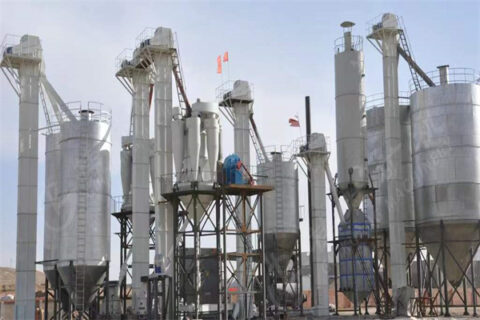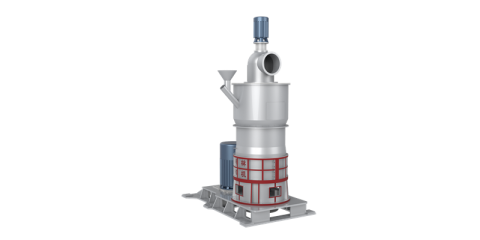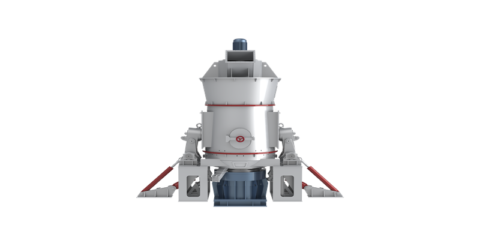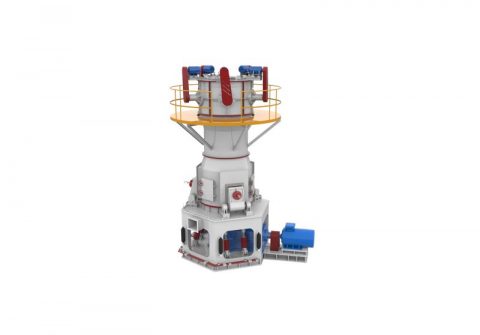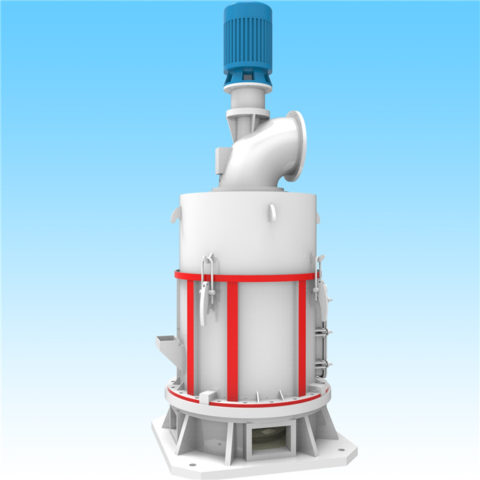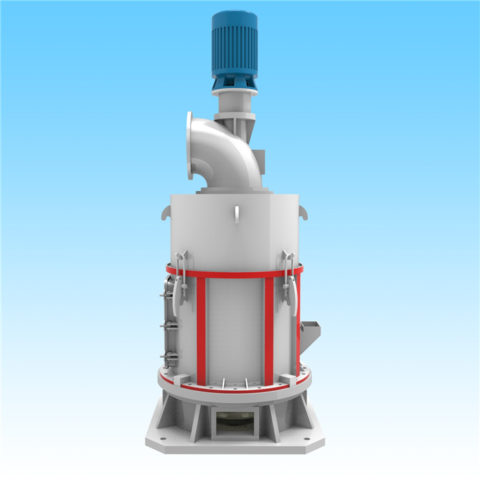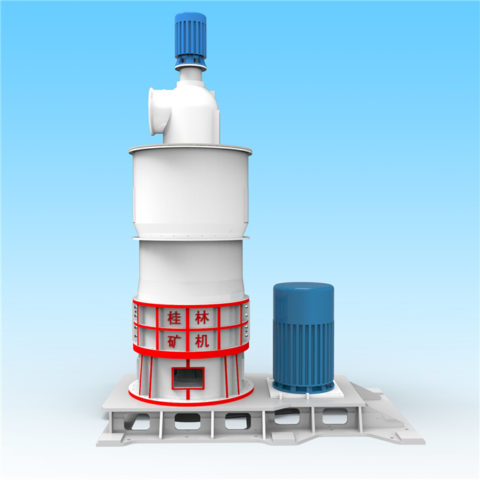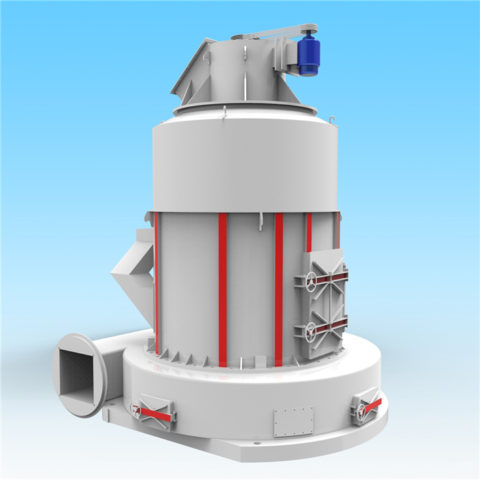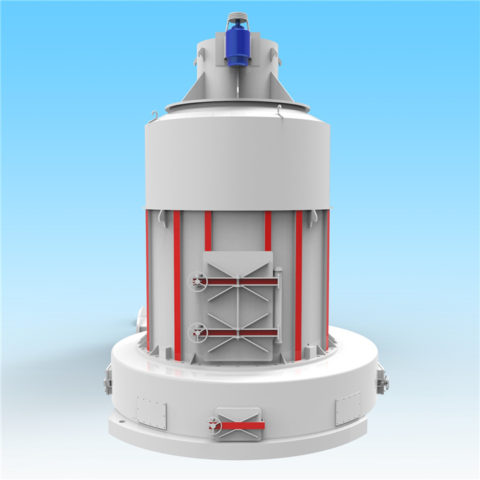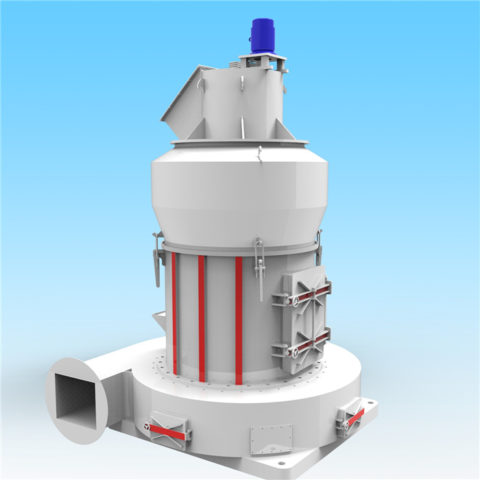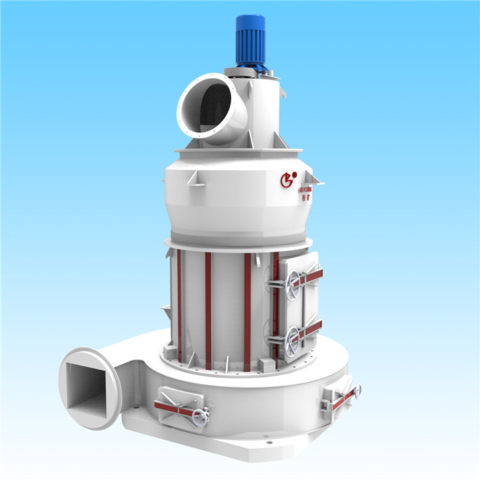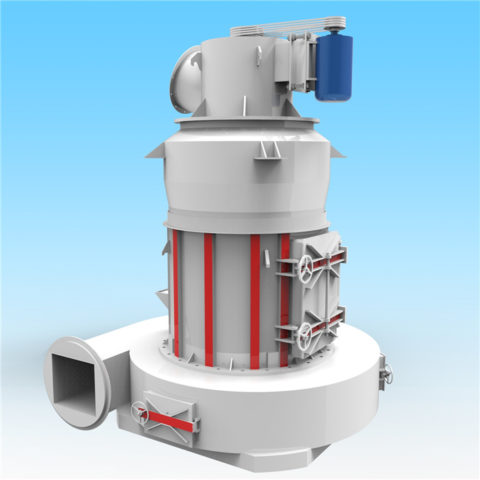In the pursuit of cleaner energy and sustainable technologies, lithium has emerged as a vital element powering the world’s transition towards electrification. As the backbone of lithium-ion batteries, lithium plays a pivotal role in revolutionizing transportation, energy storage, and portable electronics. However, harnessing the power of lithium begins with its extraction from ores, a complex process that involves several stages of beneficiation. Among these stages, the grinding process stands as a crucial step, where the raw ore is transformed into finely ground particles, paving the way for subsequent extraction methods. In this comprehensive exploration, we delve into the intricacies of lithium ore processing, shedding light on the significance of grinding in unlocking the potential of this remarkable element.
Lithium ores exist in various forms, each presenting unique challenges and opportunities for extraction. Spodumene, lepidolite, petalite, and amblygonite are among the most prevalent lithium-bearing minerals found in nature. These ores often occur in pegmatites, granites, and sedimentary deposits, requiring distinct processing techniques tailored to their specific mineralogical characteristics.
Grinding serves as a cornerstone in lithium ore processing, facilitating the liberation of lithium-bearing minerals from the surrounding gangue material. The primary objective of grinding is to reduce the ore particles’ size to a level suitable for subsequent beneficiation processes, such as flotation, leaching, and crystallization. Through the application of mechanical forces, grinding breaks down the ore into smaller fragments, maximizing the surface area available for chemical reactions and mineral separation.
Grinding mills play a pivotal role in achieving the desired particle size distribution for lithium ore processing. Various types of grinding mills are employed, each offering unique advantages and applications.
The grinding process encompasses several key steps, each contributing to the efficient comminution of lithium ore:
1. Ore Preparation: Prior to grinding, the raw lithium ore undergoes preparation, including crushing and screening, to achieve a uniform feed size suitable for grinding mills. This step ensures optimal efficiency and throughput in the grinding circuit.
2. Grinding Circuit Design: Designing an effective grinding circuit involves ing the appropriate grinding mill(s), optimizing the mill configuration, and ensuring sufficient residence time for the ore within the mill. Factors such as ore hardness, feed size distribution, and desired particle size dictate the grinding circuit design.
3. Grinding Operation: During grinding, the ore is introduced into the mill, where it undergoes successive cycles of impact, compression, and attrition. As the grinding media (balls, rods, or rollers) interact with the ore particles, they break down into finer sizes, leading to the liberation of lithium-bearing minerals from the gangue material.
4. Particle Size Control: Achieving the desired particle size distribution is paramount in lithium ore processing. Control strategies such as adjusting the mill speed, optimizing the grinding media size and composition, and implementing classification systems help ensure precise particle size control and product quality.
5. Monitoring and Optimization: Continuous monitoring of key process parameters, such as mill power, feed rate, and particle size distribution, allows for real-time optimization of the grinding circuit. Advanced control strategies, including model-based predictive control and expert systems, enhance process efficiency and stability.
In the realm of lithium ore processing, the grinding process serves as a cornerstone, enabling the efficient liberation of lithium-bearing minerals from the surrounding gangue material. Through the utilization of advanced grinding technologies and optimization strategies, mining operations can achieve precise particle size control, maximize process efficiency, and enhance the overall sustainability of lithium production. As the demand for lithium continues to soar in tandem with the global shift towards clean energy solutions, the role of grinding in unlocking the full potential of this remarkable element becomes increasingly paramount.

